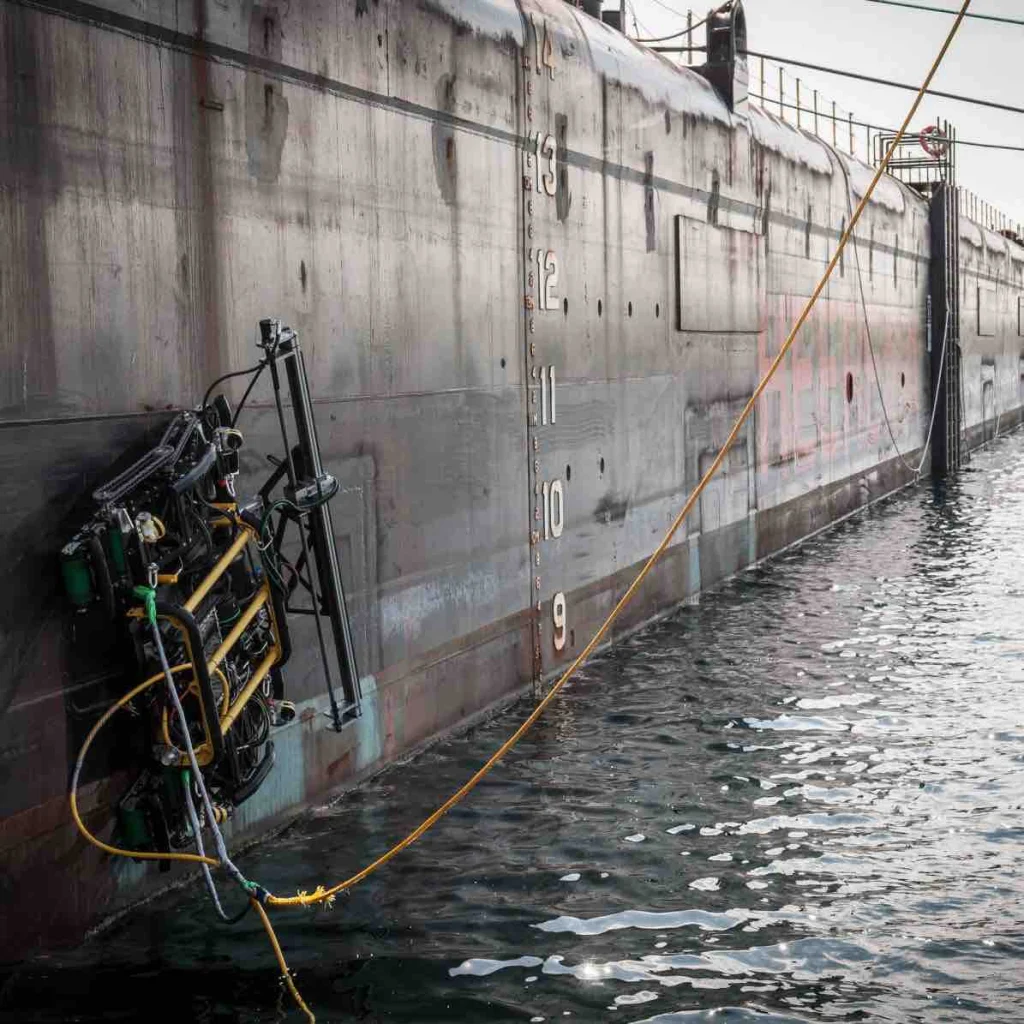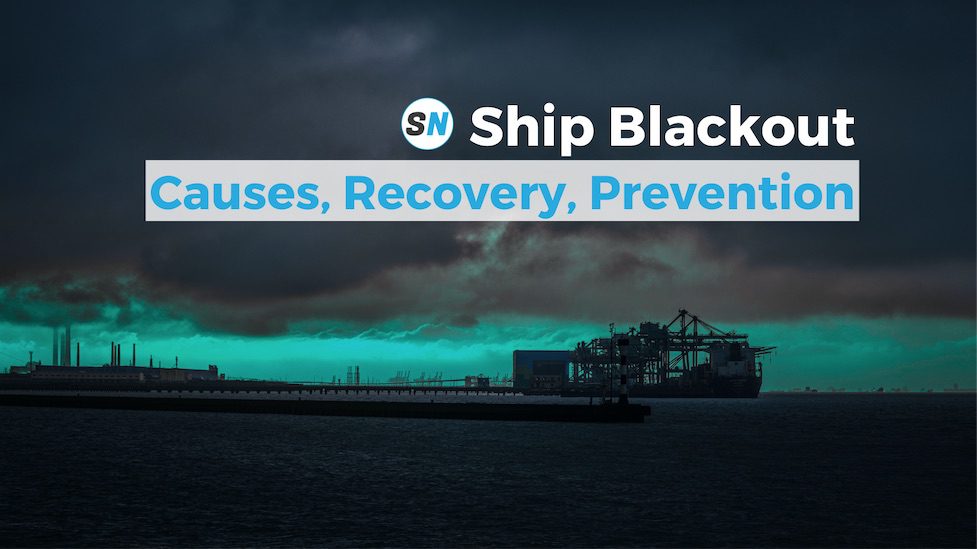28 November 2024
Underwater cleaning of ship hull – Explained

The underwater cleaning of a ship hull is one of the most important aspects of maritime vessel maintenance and operation. This is everything you need to know about commercial diving operations.
Why?
During the ship’s voyages, sea organisms such as barnacles and worms build up on the submerged parts of the ship. This biological fouling or epibiosis is the unwanted accumulation of microorganisms, plants, algae or small sea creatures on surfaces. Thus, causing degradation to the paint coating while also the metal structures.
Biological fouling spawns a range of issues by increasing the weight and drag on the vessel. As a result, fuel efficiency gets worse, racking up costs and harming the environment while taxing the ship’s systems with sustained higher loads.
Therefore, divers mobilize to clean the gigantic superstructures and rid them of these parasites.
Dry Docking
All ships must be put to dry dock when the time comes for the scheduled maintenance. During this period, most vessels take advantage of the situation and clean their massive hulls. However, cleaning a ship in a dry dock incurs significantly high expenses for the company. This is excluding the business losses over the weeks it takes to finish the repairs.
In view of the above, many shipowners have scheduled to clean their fleet’s hull regularly while still in the water with special tools.
Hull Cleaning
This process is also part of what is referred to as ship husbandry. Note that, these divers are specialized considering that they have to work long hours in dark and oily waters beneath docks and harbors. The job requires them to work alone in hazardous conditions under the hulls. For instance, when cleaning the flat bottom, there is no direct way to the surface and a diver may face great danger if the tide suddenly recedes or change intensity.
Technology
Divers regularly utilize traditional air tanks for diving but a fixed hose system is often used for the operation. The technology involved in the underwater cleaning of ships has also evolved. These days, much of the cleaning is becoming automated and more environmentally friendly.
Modern ship cleaning technology also includes drones, Remote Operating Vehicles (ROV). Note that, they clean vessels without damaging the outer paint coating or polluting harbors and docks.

They simply detach, suck up and contain the fouling organisms using powerful suctions. ROVs eliminate the problems of human inability to survive underwater while operating at depths, far exceeding human reach and without the need to decompress.
Other modern systems are moving away from brushed and hard scrubbing techniques to using pressurized water jets.
Chambers
In addition, some hull cleaning may involve diving to depths that exceed normal conditions. On such occasions, one enters the world of the saturation diver which is an entirely different realm of its own. Hence, the divers are working on a chamber 15 to 20 feet long, pressurized to match the surrounding environment. The chamber is equipped with two bunks on the top, two bunks below, and a small pathway in between.

The saturation divers sometimes live there for up to 28 days, breathing a mixture of helium and oxygen the entire time. This operation is like a mission trip undersea. Always done by a 2-3-man team that sometimes remains on duty cleaning shifts for up to 6 hours at a time before returning to the chamber for the next team to take over.
Environmental Concerns
Several ship husbandry operations, particularly hull cleaning, will release some amount of harmful compounds into the water. Specifically, there are significant amounts of copper and zinc released during underwater scrubbing.
The negative impact on the environment is huge, as the organisms liberated place an additional strain on the local ecosystem.
Development
Though underwater hull cleaning is fraught with uncertainties and hazards, it remains central to global maritime transportation. That is why innovative minds in the industry are sparing no cost developing technologies that will make the job safe and easier for these brave divers.
See Also
The roughness of the underwater hull of a ship is a significantly important factor. It has adverse effects on its performance in a seaway and directly affects fuel consumption and thus emissions.

Hull Roughness – How it Works?
What is Hull Roughness? Definition, Measurement, Causes, Effect on sea performance, how to reduce it at a glance. Get up to speed!


